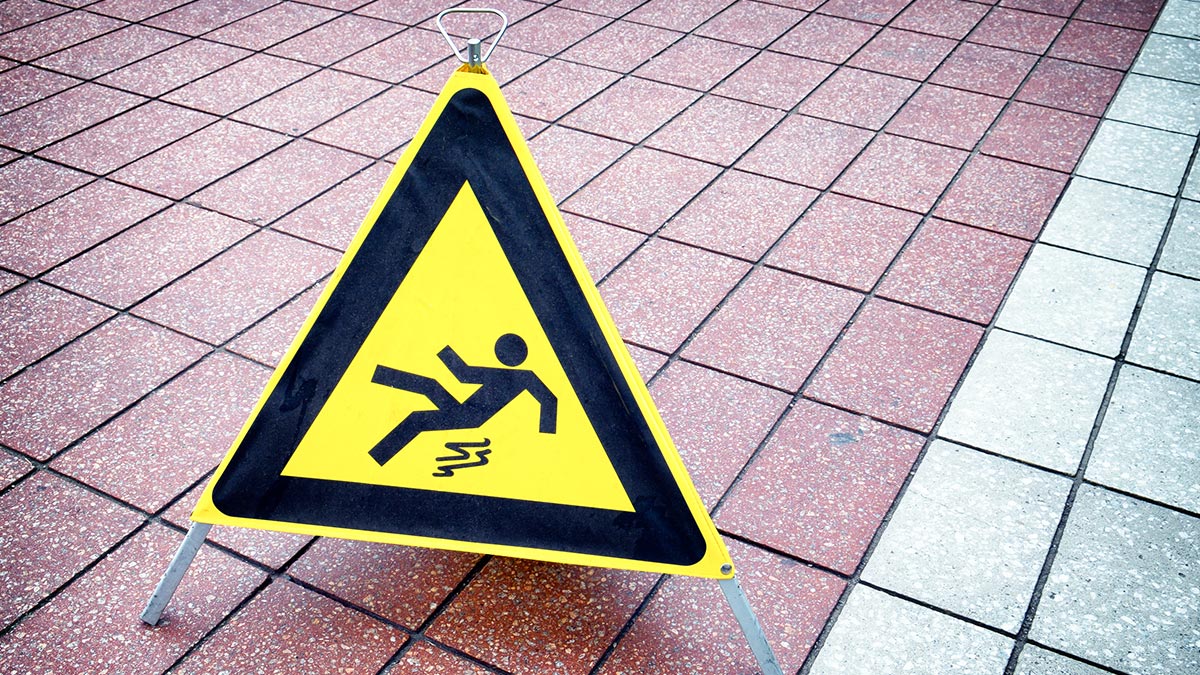
You might not think of your office building as “dangerous,” but if you aren’t proactively addressing certain problem areas, it could be quite problematic. Digging in and identifying areas for improvement could help.
4 Ways to Make Your Workplace Safer
Every business has its own nuances and risk factors. A manufacturing plant, for example, is going to have different safety issues than a cosmetics store. So while it’s challenging to make blanket statements, here are some basic tips that apply in most situations:
- Eliminate Potential Hazards
If you study workplace injuries, you’ll notice that trip and fall accidents are always at the top of the list. Thousands of people are injured every year as a result of tripping and falling, and they’re almost always preventable.
As a business owner with an office building or storefront, pay especially close attention to your parking lot and other areas around the parking lot.
“Uneven surfaces, cracks, etc. can create trip hazards, which could mean lawsuits and liability issues,” McConnell & Associates mentions. “Limiting your exposure to potential lawsuits requires having a concrete contractor you can count on to respond quickly and repair even quicker.”
The same goes for potential tripping hazards inside your building. Whether it’s extension cords, displays that jut out into walkways, or random steps and poorly-marked elevation changes, addressing these problem areas will do wonders for safety.
- Properly Train Employees
It’s easy to blame employees when something goes wrong – particularly if you believe a safety issue was avoidable – but slow down and take a more disciplined approach. If you aren’t investing in proper training and education around safety issues, the blame falls squarely on your shoulders. You have to train employees; otherwise, you’re setting your company up for failure on this front.
In addition to training employees well, you should hold employees accountable. Have swift repercussions for employees who don’t follow the rules, but also offer rewards and incentives for those who do. Rewarding safe behavior is probably one of the best ways to get people to actually follow through on what they learn in training.
- Include the Right Signage
Sometimes the simplest way to improve safety in the workplace is by including the right signage. It’s a small thing, but it has a big impact.
Signage can be used to warn people about certain dangers and risks. It can also be used to direct the flow of foot traffic, which keeps people out of areas that pose a threat to their health and well-being. In some cases, OSHA might even require you to have particular signs related to tripping hazards, PPE requirements, chemical hazards, etc.
“These signs must be noticeable, easy to read, and in many cases, comply with OSHA standards for safety signs,” Creative Safety Supply notes. “Since safety is a high priority for both 6S and 5S programs, taking the necessary steps to keep workers safe is key to a successful and productive business.”
Spend some time researching signage and make sure you’re following through on all requirements. And even if you aren’t required to have a particular type of signage, it might be worth adding anyway.
- Maintain Open Dialogue
Your employees are your eyes and ears on the ground floor. They see and experience a lot of things that you don’t catch. If you want to make your workplace as safe as it can possibly be, you’d be wise to maintain open dialogue and feedback loops.
When communication is healthy and transparent, you get better feedback from your employees. They’ll let you know when they see an issue or experience a problem, which allows you to act faster.
This sort of relationship can only be built through trust. Show your employees that you genuinely want feedback (even the critical kind) and that you won’t punish them for bearing bad news.
Keep Your People Safe
We can all agree that safety is a good thing. However, the only way to show that it’s a real priority for your business is by taking preventive action. You either proactively make your workplace a safer environment for employees and customers, or you just give lip service to the idea.
Hopefully, you can see just how important this issue is. And if you take some time to really apply the tips and techniques from this article, you’ll see that it isn’t nearly as difficult or expensive as it initially seems.
Leave a Reply